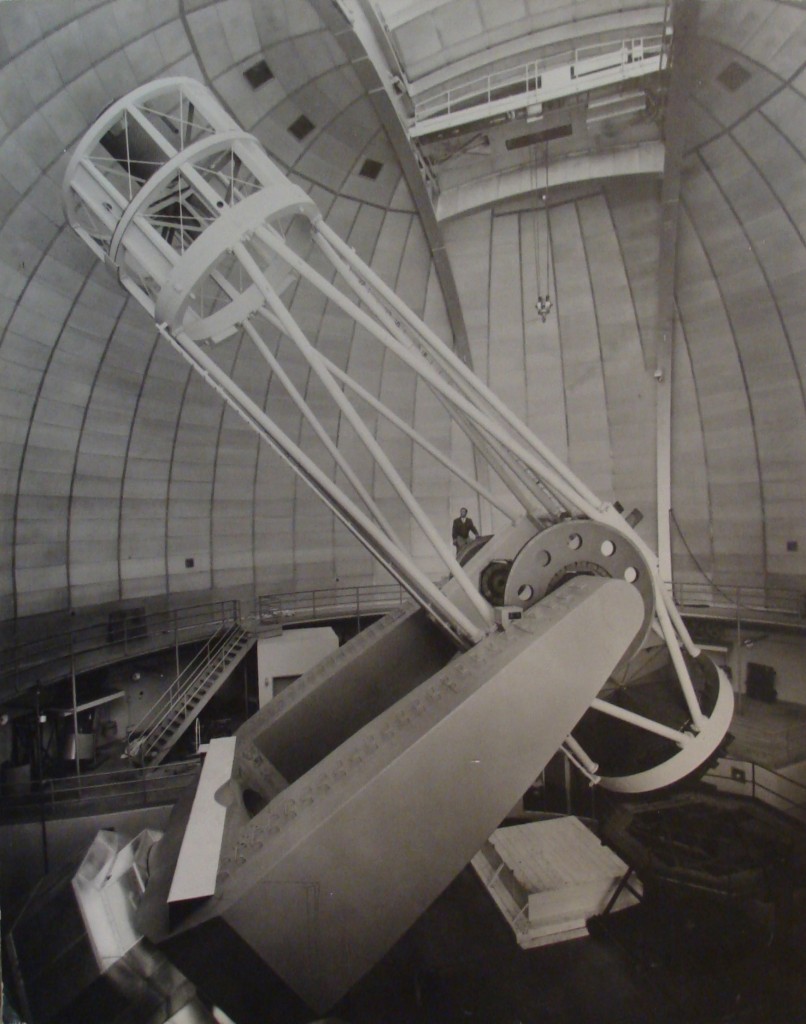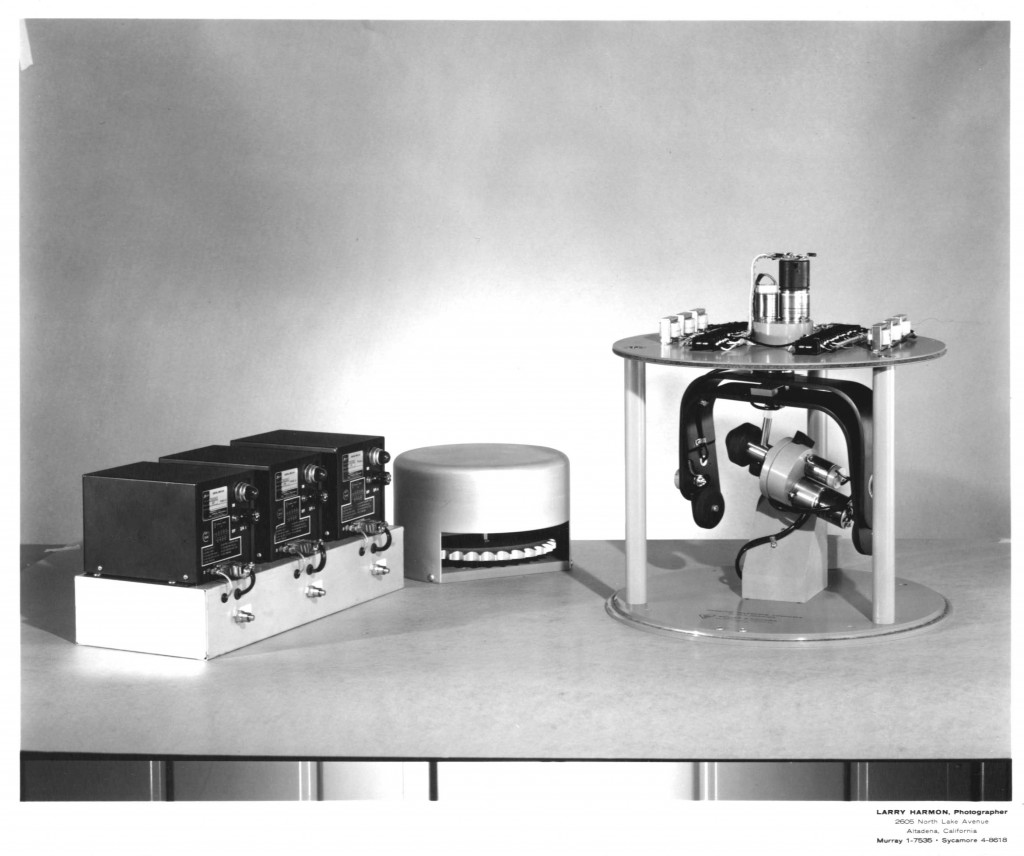
 Large spectrograph for use at Cassegrain Focus
Large spectrograph for use at Cassegrain Focus
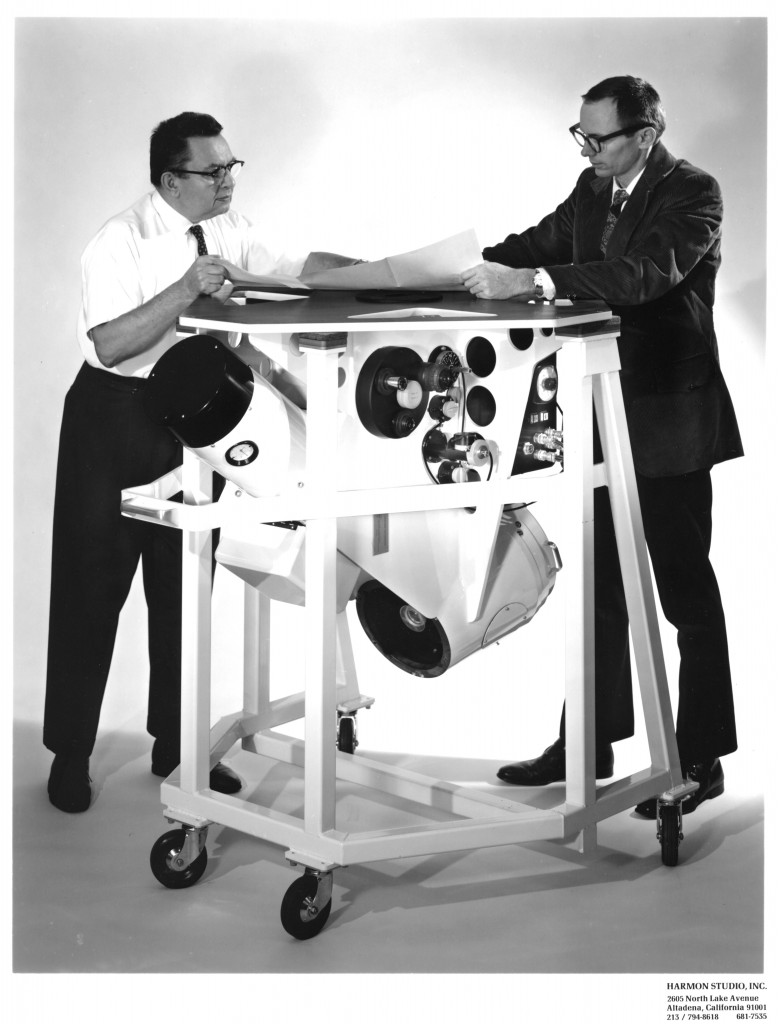 Bill Rehrig and Larry Steimle of Boller and Chivens
Bill Rehrig and Larry Steimle of Boller and Chivens
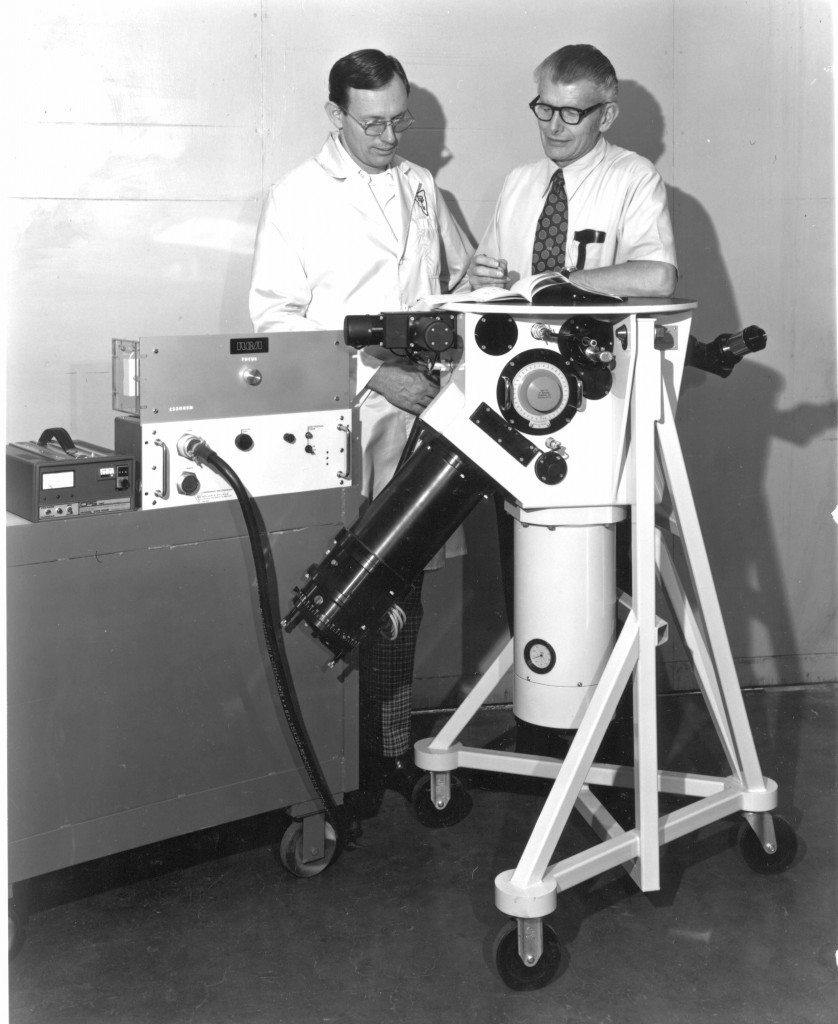 Larry Steimle and Chet Wheeler of Boller and Chivens
Larry Steimle and Chet Wheeler of Boller and Chivens
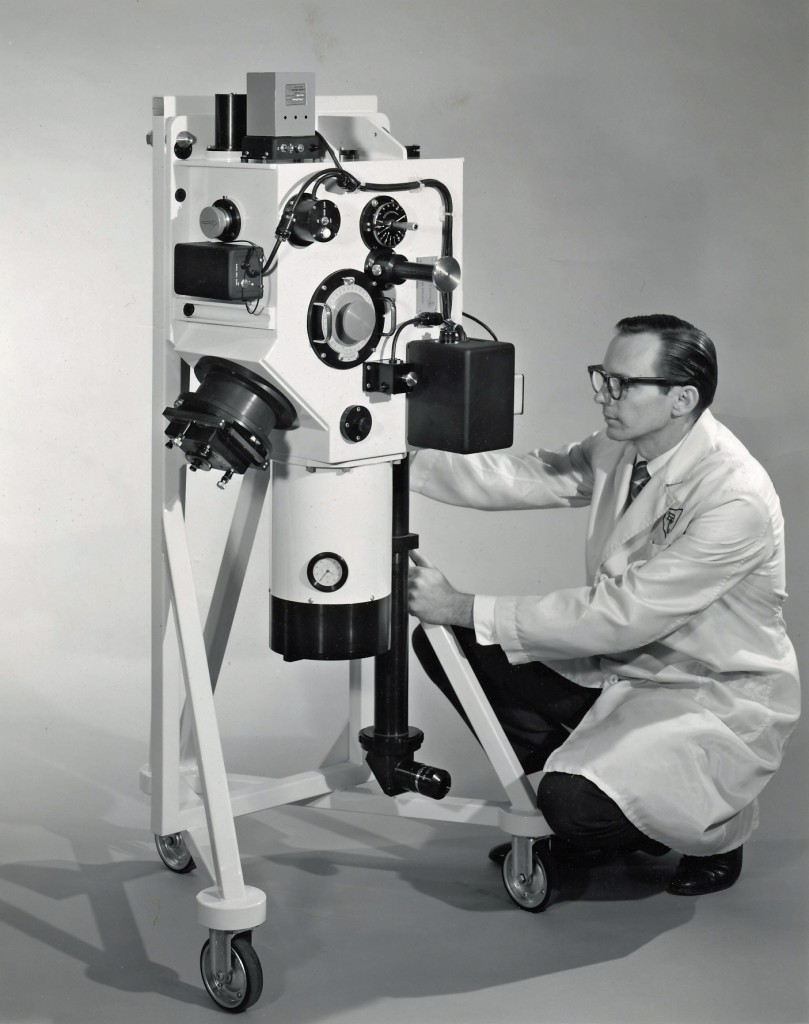 Larry Steimle of Boller and Chivens
Larry Steimle of Boller and Chivens
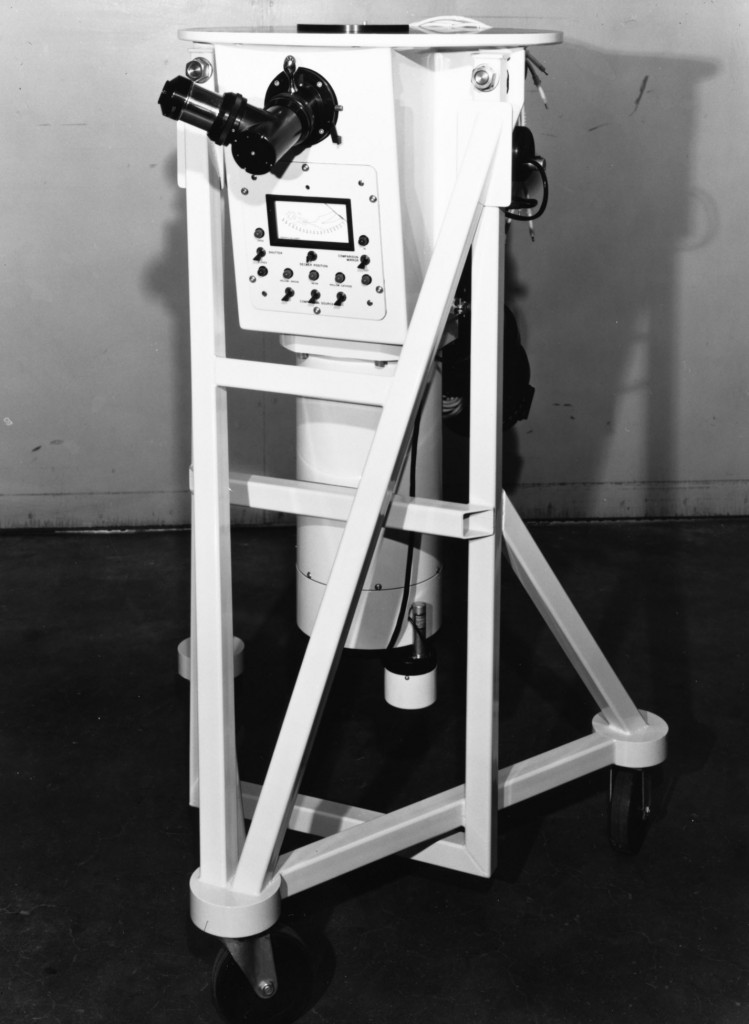 Cassegrain Focus Spectrograph. 61 Inch U.S. Naval Observatory Telescope, 1968
Cassegrain Focus Spectrograph. 61 Inch U.S. Naval Observatory Telescope, 1968



